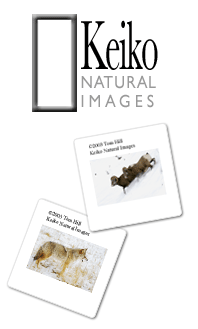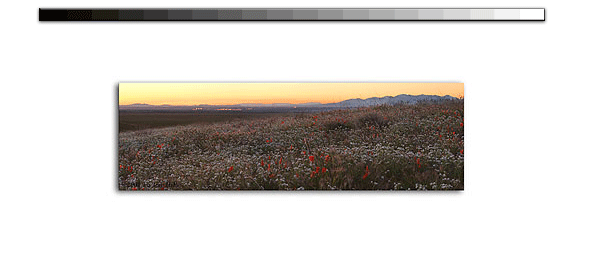|
How do you carry your gear - Just like anything else in photography, there are a million ways to do everything. There isn't really a right or wrong answer in this business. There may be better answers than others. But, mostly solutions are based on your needs and what you like to do. Nothing is more variable than how you carry your gear out in the field. The beauty of a demoncratic society is there are tons of choices and if you look hard enough, you'll find exactly that thing that'll fit your requirements. In this case, I'm tlaking about how you carry your stuff out in the field. I'm talking about how you carry the stuff you need to be able to take pictures in the most efficeint manner. In my case, we're talking about the following:
1) Nikon D1h body
2) 80-200 f/2.8 AF-S This isn't a small lens and its hood is the largest of its class.
3) 18-35 f/3.5-4.5
4) 35-75 f/2.8 This is a realetively small lens that fills a void
5) TC-20e & TC-14e Teleconverters for all Nikon AF-S lenses including my 80-200 f/2.8 and 300mm f/2.8
6) SB-28DX and associated assessories
7) Cokin filter system
8) Sekonic L-358
9) Bunch of little stuff like a tiny roll of duck tape.
This is my everyday gear.
I haven't changed this list that much in the last year. I added a 300mm f/2.8 AF-S and L-358 Sekonic light meter. While the latter required no effort to figure out where to store it. The former required lots of effort. The critical point was I wanted to be able to carry as much as I needed without worrying about being over stressed with fatigue at the end of the day. I needed to have access to my equipment and still be able to carry it. This significantly affected what used to carry my gear.
In days of old--only 10 or more years ago--photographers carried massive camera bags equipped with everything except the kitchen sink. They usually were fitted with a wide, padded shoulder strap. Good thing, becuase the one shoulder that carried this bag needed all the padding it could get. Most people when they stopped to shoot, would put the bag on the ground and get to work. The problem was, this kind of camera bag was a sure way to get long term back and shoulder problems. One shoulder just isn't enough to carry all that weight. We aren't designed that way.
Along came backpacks. These borrowed technology from hikers and campers. Highly padded, adjustable belt and strap systems were the pinnicle of these systems. Comfort, toting equipment out in the field was dramatically improved with the fielding of these systems. Shoot, some of the best camera equipment backpacks were built by the same companies that make their names on classic hiker/camper backpacks. Still, there were problems. Most important was you couldn't access you equipment unless you unstrapped and removed the bag from your back. There was no way to grab a new lens without first removing the pack and placing it on the ground. Clearly less than perfect.
The current best solution for me are based on belt systems. While the origins of these are those ubiquitous fanny packs, camera belt systems are significantly more. The beauty of these is the majority of them are built to hold significant amounts of equipment--almost on par with traditional backpack systems--yet have incredible accessibility to all equipment. Not only that, they won't ruin your posture because the weight is borne by your hips instead of your shoulders. It's a much better design. I invested in a Kinesis Gear system and have been extremely happy. There are others but I don't think any of them approach the easy of use or simple re-configuration abilities of Kinesis. In a word, it's wonderful.
|




